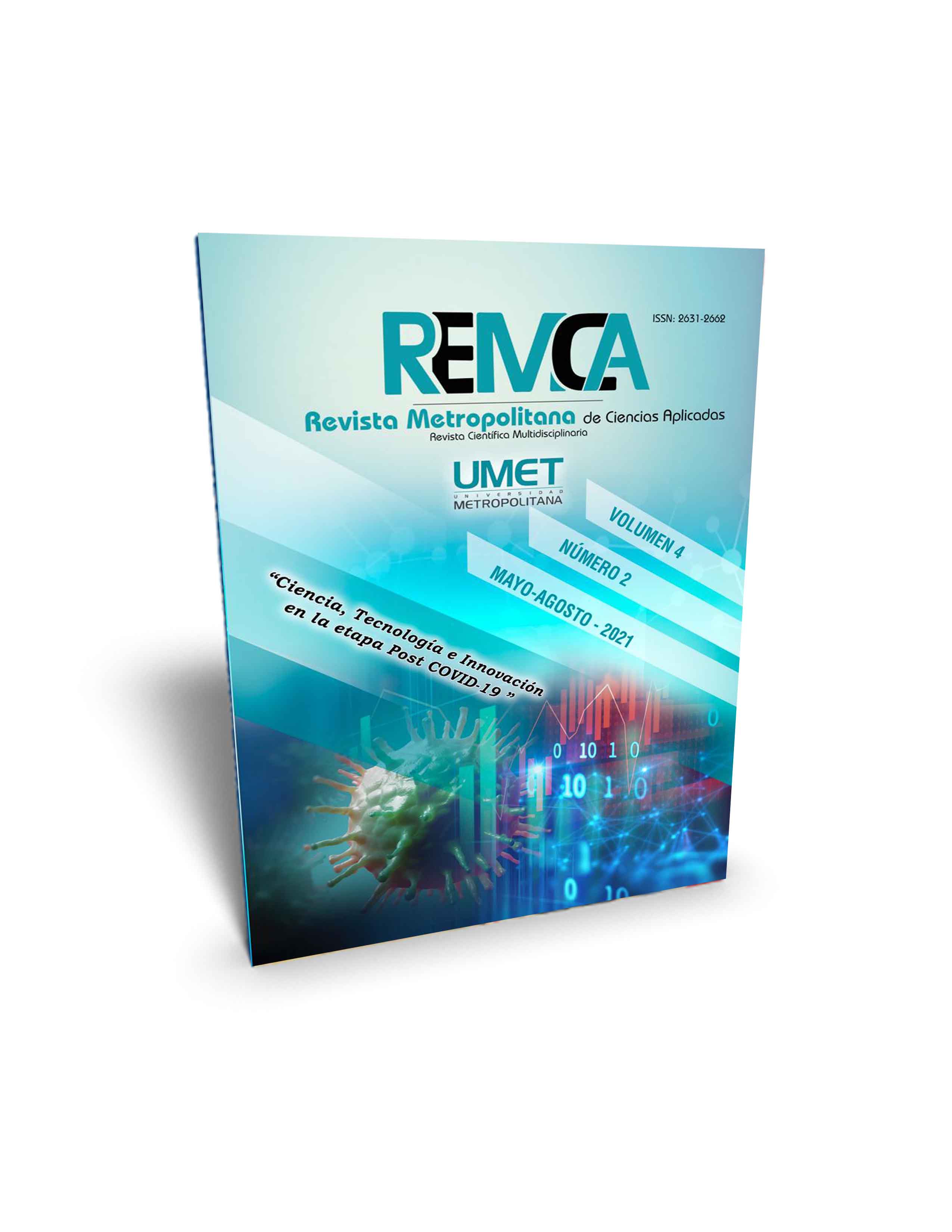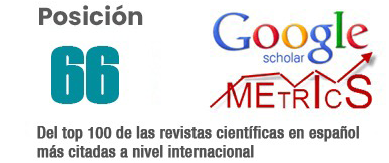Interactive conceptual map for the teaching of logic programming and prolog of the Artificial Intelligence subject
DOI:
https://doi.org/10.62452/0ys65329Keywords:
Concept map, logic programming and Prolog, Cmap Tools, Reload editor, MOODLE, SCORM packageAbstract
The teaching of programming implies a high level of complexity, that is, it represents an extra difficulty in learning in the classroom; more so, when programming changes its paradigm, different from traditional programming; this is the case of logic programming, and one of its Prolog tools. Given these premises, it is necessary for the teacher to support learning objects, to better transmit the content of logic programming, and consequently of PROLOG. The work details steps for the creation, configuration and publication of concept maps, concluding that by fulfilling the objectives the experiment is applicable within educational environments similar or similar to the one applied in this research. The work aims to experiment and know the possibilities of the maps interactive conceptual as didactic resources implemented through CmapTools, Reload, SCORM and finally their loading on Moodle Platforms.
Downloads
References
Antomil, J., Arenas Parra, M., Bilbao Terol, A., Pérez Gladish, B., & Rodríguez-Uría, M. (2006). La utilización de mapas conceptuales en la asignatura de matemáticas para la economía en el marco del espacio europeo de enseñanza superior 3. Oros Viejos.
Arellano Sánchez, J., & Santoyo Rodríguez, M. (2009). Investigar con mapas conceptuales: Procesos metodológicos. Narcea.
Chrobak, R., & Prieto, A. B. (2010). Enseñar creativamente: Los mapas conceptuales y la uve del conocimiento ¿pueden fomentar la creatividad? Obtenido de http://cmc.ihmc.us/cmc2010Papers/cmc2010-a12.pdf
Garrido Labrada, D., & González Pérez, L. (2009). Mapas conceptuales para la enseñanza de sistemas operativos. Oros Viejos.
González González, Y. (2011). Sistema de mapas conceptuales para la enseñanza de redes de computadoras. (Trabajo de Diploma). Universidad Central “Marta Abreu” de Las Villas.
Moreno Ortiz, A., Pérez Hernández, C., & Del Olmo Bañuelos, E. (2013). Utilización de moodle como plataforma para la investigación educativa: Aplicación a los córpora de aprendices de lenguas. Pixel-Bit. Revista de Medios y Educación, 43, 125-138.
Rodríguez Corra, N. H. (2007). Fundamento teórico de los Mapas Conceptuales. Re-vista de Arquitectura e Ingeniería, 1(2).
Sori Abreu, J., & Lezcano, M. (2011). Sistema de mapas conceptuales para la ense-ñanza de arquitectura de computadoras. (Ponencia). Compumat 2011. Santa Clara, Cuba.
Vidal Ledo, M., Vialart Vidal, N., & Ríos Vialart, D. (2007). Mapas conceptuales: Una estrategia para el aprendizaje. Educación Médica Superior, 21(3).
Downloads
Published
Issue
Section
License
Copyright (c) 2021 Tonysé de la Rosa Martín, Zoila Zenaida García Valdivia, Ramiro Javier Arias Lincango (Autor/a)

This work is licensed under a Creative Commons Attribution-NonCommercial-ShareAlike 4.0 International License.
Authors who publish in Revista Metropolitana de Ciencias Aplicadas (REMCA), agree to the following terms:
1. Copyright
Authors retain unrestricted copyright to their work. Authors grant the journal the right of first publication. To this end, they assign the journal non-exclusive exploitation rights (reproduction, distribution, public communication, and transformation). Authors may enter into additional agreements for the non-exclusive distribution of the version of the work published in the journal, provided that acknowledgment of its initial publication in this journal is given.
© The authors.
2. License
The articles are published in the journal under the Creative Commons Attribution-NonCommercial-ShareAlike 4.0 International License (CC BY-NC-SA 4.0). The terms can be found at: https://creativecommons.org/licenses/by-nc-sa/4.0/deed.en
This license allows:
- Sharing: Copying and redistributing the material in any medium or format.
- Adapting: Remixing, transforming, and building upon the material.
Under the following terms:
- Attribution: You must give appropriate credit, provide a link to the license, and indicate if any changes were made. You may do this in any reasonable manner, but not in any way that suggests the licensor endorses or sponsors your use.
- NonCommercial: You may not use the material for commercial purposes.
- ShareAlike: If you remix, transform, or build upon the material, you must distribute your creation under the same license as the original work.
There are no additional restrictions. You may not apply legal terms or technological measures that legally restrict others from doing anything the license permits.




